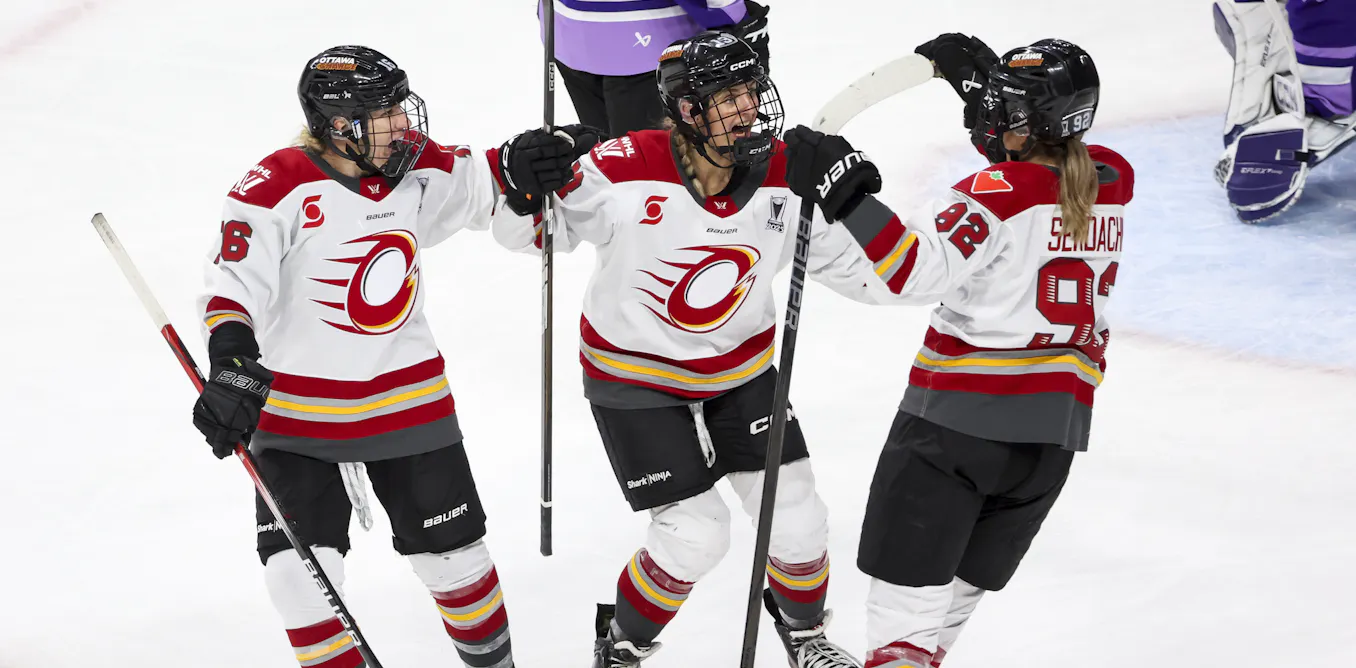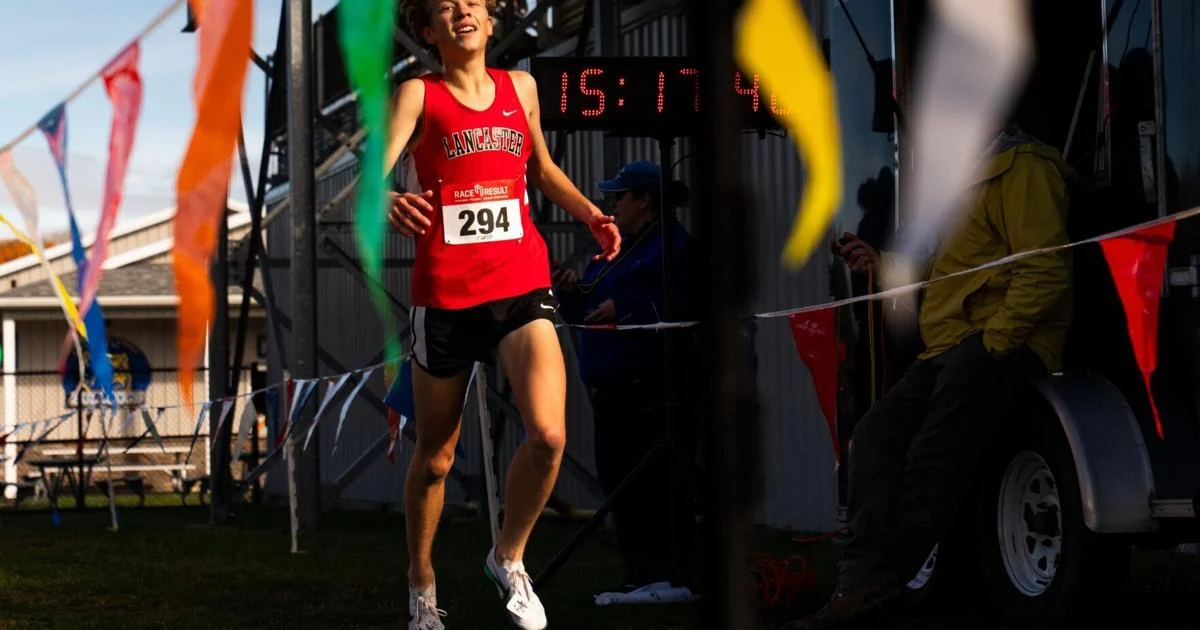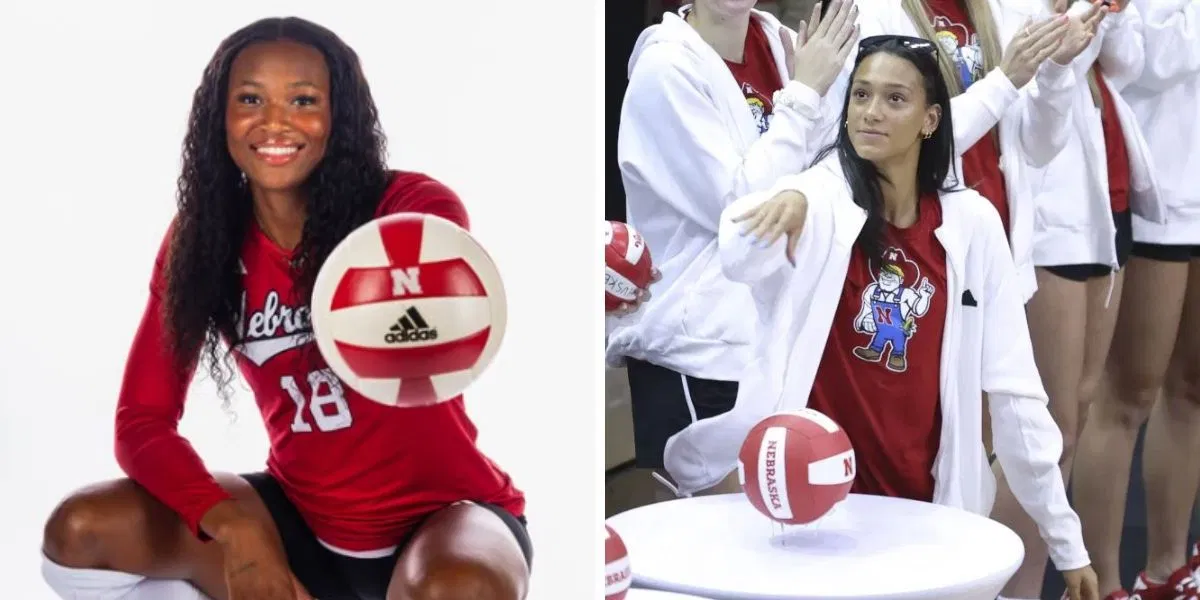Copyright theconversation

By age 14, girls drop out of sport at twice the rate of boys in Canada. Sport can boost young people’s physical health, mental well-being and social skills, and fewer girls participating means more of them are missing out on these benefits. But with women’s sports surging worldwide, closing Canada’s gender gap in participation is closer than ever before. The solution, however, isn’t just more equipment or facilities — it’s showing them who they can become. Canadian Women and Sport’s recent Rally Report reveals that girls and women participate at disproportionately lower rates than boys and men, and that a lack of role models is a key driver of this gap. Going beyond visibility to participation With recent investments in elite women’s sport, girls now have unprecedented access to female role models. Improved Women’s National Basketball Association (WNBA) airtime, Professional Women’s Hockey League (PWHL) expansion after only two seasons and record viewership of the 2025 Women’s Rugby World Cup, including the gold-medal match between Canada and England, reveal the momentum is undeniable. Christine Sinclair’s success on the pitch inspired girls and women to play soccer, particularity after Team Canada’s Olympic gold medal win in 2021. Recently, Canadian swimmer Summer McIntosh’s success has sparked a surge in popularity of swimming in Canada. The recently released Future of Sport Commission report confirmed the growth of women’s professional sport as an important driver of sport participation for girls — inspiring them to get involved and stay committed to sport. From the fan perspective, 88 per cent of sports fans think that professional women athletes are impactful role models for young women. Researchers call this the “demonstration effect” — watching elite athletes perform inspires people to participate themselves. Being inspired by elite sports involves three things: a sense that something special is happening, an automatic emotional response (not a conscious choice) and motivation to take action. Typically the demonstration effect occurs through watching elite sport performances, elite athlete success, living near where a sport competition is hosted or a combination of these factors. While the demonstration effect sounds promising, there’s a catch. Research also shows that newly inspired athletes often turn to local community sport clubs. But these clubs frequently don’t have the capacity or resources to handle the surge. This means that increasing women’s and girls’ participation in sport is more complicated than showing them that “girls play sport too.” Sport needs stronger grassroots support Quality, intentionally designed sport experiences are necessary to keep girls participating. Improving community club infrastructure and capacity, for example, is a critical step toward providing impactful opportunities. More participants means that community sport clubs need more programming resources such as facility space, qualified coaches and equipment. And with more participants, community sport clubs need to offer more sessions and maintain adequate instructor-to-participant ratios to ensure top instruction and feedback. But accessing this additional space is a key constraint to community sport club growth. Clean, safe and accessible facilities must also be maintained — in some cases, even created. For example, there are not enough swimming pools in Canada to accommodate the increased demand. As girls need athlete role models, they also need to see themselves reflected in coaching and officiating staff. With participant numbers increasing, demands on coaches can lead to burnout. In addition, women and girls participating in coaching and officiating are also disproportionately low compared to boys and men in these roles. To help girls stay in sport, more efforts from Canadian national, provincial and territorial sport organizations are needed to train and retain women coaches and officials. But these investments are not just needed from government — the corporate world has an opportunity to support girls in sport as well. Building equitable lasting change The cost of youth sport is rising. For example, the average cost of playing hockey in Canada is $4,478 per child, with costs increasing with more competitive programming. In addition, youth participants are required to buy their own equipment to participate. To keep sport accessible, community sport organizations should consider offering basic equipment. With the cost of registration fees, appropriate clothing and transportation, participation becomes financially inaccessible for many families. Community sport clubs can intentionally design low-cost programs and tap into government financial supports to keep girls playing. When corporate Canada joins the team Corporate Canada is starting to capitalize on the popularity of women’s elite sport, offering sponsorship or Corporate Social Responsibility (CSR) programs to financially support women’s and girls’ sport. There is an opportunity for community clubs to take advantage of this trend to help financially support participants. Every girl brings different needs and expectations to sport. For example, girls with disabilities face unique structural and program barriers, newcomers to Canada may benefit from culturally specific programming, and club policies could be revisited to create safer spaces for LGBTQ+ youth and racialized girls, along with being more inclusive of all body types. Community sport clubs that have the infrastructure and capacity to accommodate new participants must also ensure their programs are designed and implemented to provide quality experiences. These programs should reflect the diverse realities their participants face based on their background, identity and circumstances. This will ensure that everyone can participate in ways that are inclusive and meaningful for them.



